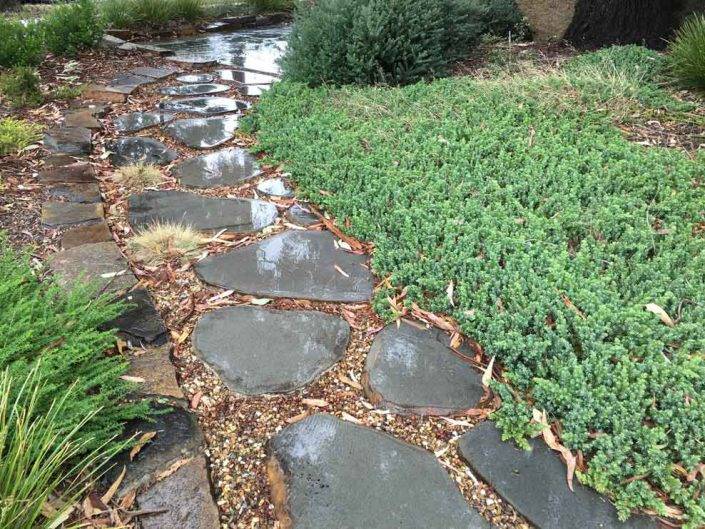
Pool coping is a vitally important part of your swimming pool that often gets overlooked. It’s the border that creates the ledge around your pool and keeps everything looking neat and tidy. But with so many materials and styles to choose from, how do you know which is the best for your swimming pool? We’ll explore the different types of pool coping Melbourne and help you decide which is right for you.
1. Why choose pool coping?
Pool coping is an important part of any pool design, but it’s often an overlooked feature. Coping is the term used for the edge or border around a pool. It serves two main functions:
1) it provides a finished look to the pool and (2) it protects the pool lining from being damaged by sharp objects or contact with the ground. Pool coping can be made from a variety of materials, including concrete, stone, brick, and metal. It’s important to choose the right material for your climate and environment. Concrete is a good choice for colder climates, while stone and brick are more popular in warmer climates. Metal is a good choice for coastal environments, as it is resistant to corrosion.
2. Types of pool coping
There are several types of pool coping to choose from, depending on your environment and personal preferences. Brick and stone are popular materials for pool coping because they can match the surrounding brick or stone walls of your house. In colder climates, you may want to use concrete instead, since it retains heat better than other materials. If you have a pool with a raised deck, you’ll need to use a type of coping that can be attached to the deck (such as metal or stone). And if your pool is in a wet area like a backyard patio or near a beach, you’ll want to choose a type of coping that can withstand moisture and weathering.
3. Coping for different environments
Pool coping comes in a variety of shapes and materials to fit any environment. You can find stone, brick, block, and even metal pool copings to create the perfect look for your pool. It’s important to choose the right type of coping for your climate and surroundings. If you live in an area with freezing winters, you’ll need a coping that can withstand the cold temperatures without cracking. Brick or stone are good options for colder climates, while metal or plastic are better choices for warmer climates. No matter what material you choose, make sure the coping is installed correctly to avoid moisture damage and leaks.

4. How to instal pool coping?
Pool coping is a great way to prevent erosion and add a stylish touch to your pool. It’s also an important part of the installation process, so be sure to take your time and follow the right steps. There are a few different options to choose from, so it’s important to select the right type for your environment. If you’re in a colder climate, for example, you’ll want to opt for a material that’s durable and won’t crack in the cold weather. Our concrete pool coping is a great option for those who want a durable, long-lasting product.
5. How to style pool coping?
Whether you’re looking for a sleek and modern style or something more traditional, we’ve got the perfect pool coping for you. Our range of materials and finishes makes it easy to find the right style for your home and garden. You can also choose between straight and curved edges to create a look that’s uniquely your own. We recommend pairing our pool coping with our decking to create a seamless look that will turn heads all summer long.
Conclusion:
Pool coping is a necessary part of any pool installation. It provides a finished and polished look, as well as protects the edge of the pool from damage. There are many different types of pool coping to choose from, depending on your environment and personal preferences.



